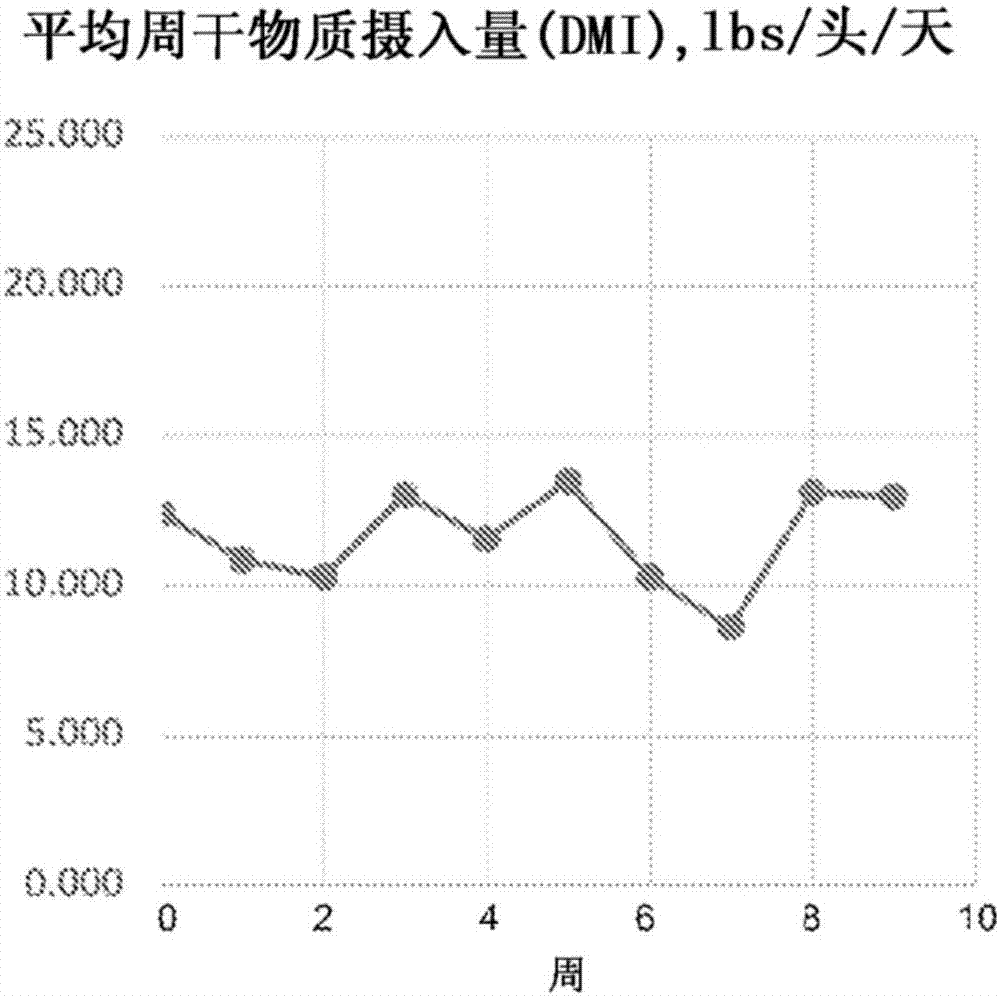Method of increasing levels of omega-3 fatty acids in beef products by administration of a grass and algae diet
A technology for beef and forage, applied in the field of increasing the level of omega-3 fatty acids in beef products through the application of forage and algae food, which can solve problems such as non-compliance
- Summary
- Abstract
- Description
- Claims
- Application Information
AI Technical Summary
Problems solved by technology
Method used
Image
Examples
Embodiment Construction
[0011] It has now been found that a diet supplemented with whole algae (eg, Schizochytrium or Nannochloropsis) comprising grass is effective for feeding cattle. This diet allows for the production of grass-fed beef high in omega-3, while addressing two separate consumer needs. It has been found that cattle fed this diet are able to consume more whole algae and thus are comparable to cattle fed using existing methods of increasing omega-3 levels in beef (i.e., fed whole algae under typical feedlot conditions). produce beef products that contain higher levels of omega-3s than cattle). Thus, the application of new grasses and algal diets not only allows the production of grass-fed beef, but the resulting grass-fed beef is superior to existing high omega-3 beef in terms of omega-3 content.
[0012] If the cattle were fed only pasture (which would yield less than about 2% fat on a 17-25 lb dry matter basis), the cattle would be able to consume more algae along with the pasture and...
PUM
 Login to View More
Login to View More Abstract
Description
Claims
Application Information
 Login to View More
Login to View More - R&D
- Intellectual Property
- Life Sciences
- Materials
- Tech Scout
- Unparalleled Data Quality
- Higher Quality Content
- 60% Fewer Hallucinations
Browse by: Latest US Patents, China's latest patents, Technical Efficacy Thesaurus, Application Domain, Technology Topic, Popular Technical Reports.
© 2025 PatSnap. All rights reserved.Legal|Privacy policy|Modern Slavery Act Transparency Statement|Sitemap|About US| Contact US: help@patsnap.com

